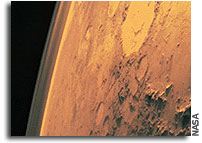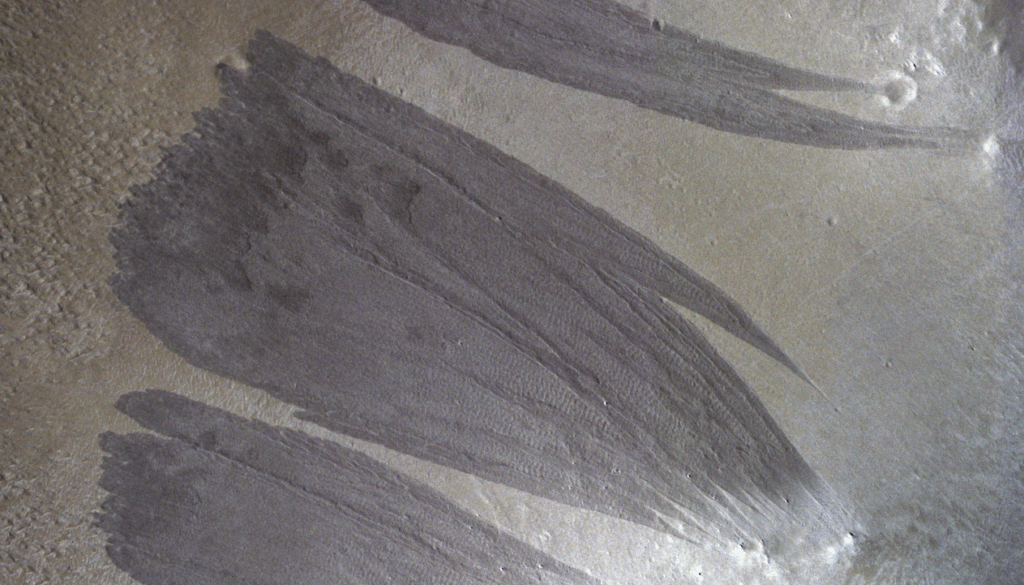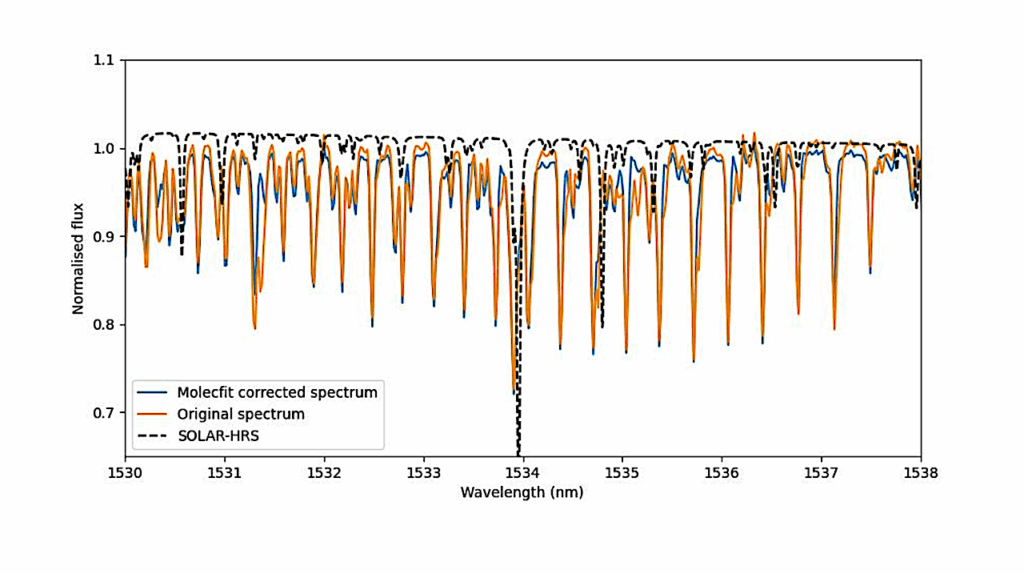Team Finds New Hope for Life in Martian Crust

An international research team, including scientists at Western University, has found methane – a plausible energy source for sustaining life – deep within the crust or subsurface of Mars.
The findings, made by researchers from Western, Brock University, the University of Aberdeen, the University of Glasgow and the Scottish Universities Environmental Research Centre, were published today in the scientific journal, Nature Communications.
By analyzing Martian meteorites with a micro X-Ray diffractometer, an optical microscope and an electron microscope in laboratories at Western’s Faculty of Science, combined with mass spectrometry of trapped gasses in the same meteorites by lead author Nigel Blamey from Brock, Roberta Flemming, Neil Banerjee, Jared Shivak and Matthew Izawa from Western’s Department of Earth Sciences and their international collaborators discovered methane, a chemical compound that is consumed by living organisms to create energy.
“Methane, along with water, could be a key ingredient for life. Evidence for water on Mars is abundant, but the detection of methane has been fraught with controversy. We have demonstrated that there is a source of methane within the Martian crust but it remains to be seen if such subsurface methane is the source of the Martian methane that was detected,” says Izawa, an Adjunct Professor in the Department of Earth Sciences at Western’s Faculty of Science.
Martian atmosphere is highly oxidizing and the ultraviolet environment is very destructive so methane shouldn’t last long in the Martian atmosphere – closer to a few centuries or even less than a year versus the estimated age of Mars, which is 4.5 billion years. This means that if methane exists, a relatively new source is creating it and it must be released with some regularity into the Martian atmosphere.
The most likely source of methane on Mars is the reaction between water and common igneous, iron and magnesium rich minerals. On Earth, such reactions support microbial communities including both methanotrophs (microbes that eat methane) and methanogens (microbes that produce methane).
“These microbes have sparked great interest in the planetary exploration community, as they can exist in the deep crust and below the ocean floor. They do not depend on photosynthesis to survive. On Mars, the surface environment is deadly to all known forms of life, but as this work has shown, more hospitable settings may be found deeper within the crust, ” explains Izawa.








